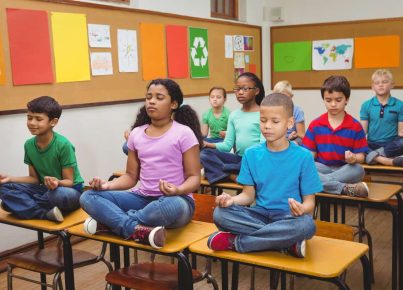Introduction
In recent years, the concept of extended schools has gained traction, with the aim of providing both academic and non-academic support services to students outside of traditional classroom hours. While this movement has been praised for tackling various issues such as inequality, access to education, and the need for comprehensive skill development, it also raises important questions regarding its impact on gifted and talented (G&T) students. This article will explore how the extended school model influences G&T students’ educational experiences and outcomes.
A Peek into Extended Schools
Extended schools are institutions that expand their services beyond usual teaching hours to include extracurricular programs, community partnerships, and other resources focused on student development. These services can encompass anything from after-school clubs, sports activities, to homework support groups. The idea is to create a more inclusive learning environment that caters to the diverse needs of all learners.
Impact on Gifted and Talented Students
1. Enhanced Academic Opportunities:
Extended schools offer G&T students more avenues for engaging in specialized academic challenges that can further deepen their learning potential. These opportunities range from advanced classes in core subjects to specialized enrichment programs designed for their unique talents.
2. Social Skills Development:
One notable concern in traditional school settings is the adequate socialization of G&T students. Extended schools provide the perfect environment for these students to interact with like-minded peers who share similar interests and abilities. This helps G&T pupils build strong interpersonal relationships and develop their social skills.
3. Holistic Approach to Learning:
By providing wrap-around services like holistic health programs and mental health counseling, extended schools help address emotional and psychological aspects that could prove crucial in nurturing G&T learners. These initiatives help them navigate educational challenges better while enabling them to maintain an optimal balance between school life, extracurricular activities, and personal wellbeing.
4. Potential Challenges:
On the flip side, there are potential challenges that G&T students may face in an extended school setup. In cases where an extended school extends regular teaching hours for the whole school community, G&T students may experience fatigue due to an overfilled schedule and excessive workload if they also participate in enrichment programs. Proper planning and timetabling can mitigate this issue.
Furthermore, there is a possibility that the focus on inclusivity and reaching out to all learners may dilute the intensity of attention given to G&T students. It is crucial for extended schools to find the right balance between offering targeted support to G&T students while maintaining an inclusive approach.
Conclusion
In conclusion, the impact of extended schools on G&T students remains a complex issue with varying outcomes depending on program design and implementation. On one hand, these schools can provide additional academic opportunities, facilitate better social skills development, and create a more holistic learning environment for gifted and talented learners. On the other hand, these institutions must remain vigilant against potential pitfalls such as over-scheduling or diluting targeted support for their G&T population. By striking the right balance between inclusivity and meeting the unique needs of G&T students, extended schools can play a significant role in fostering success among these talented individuals.





